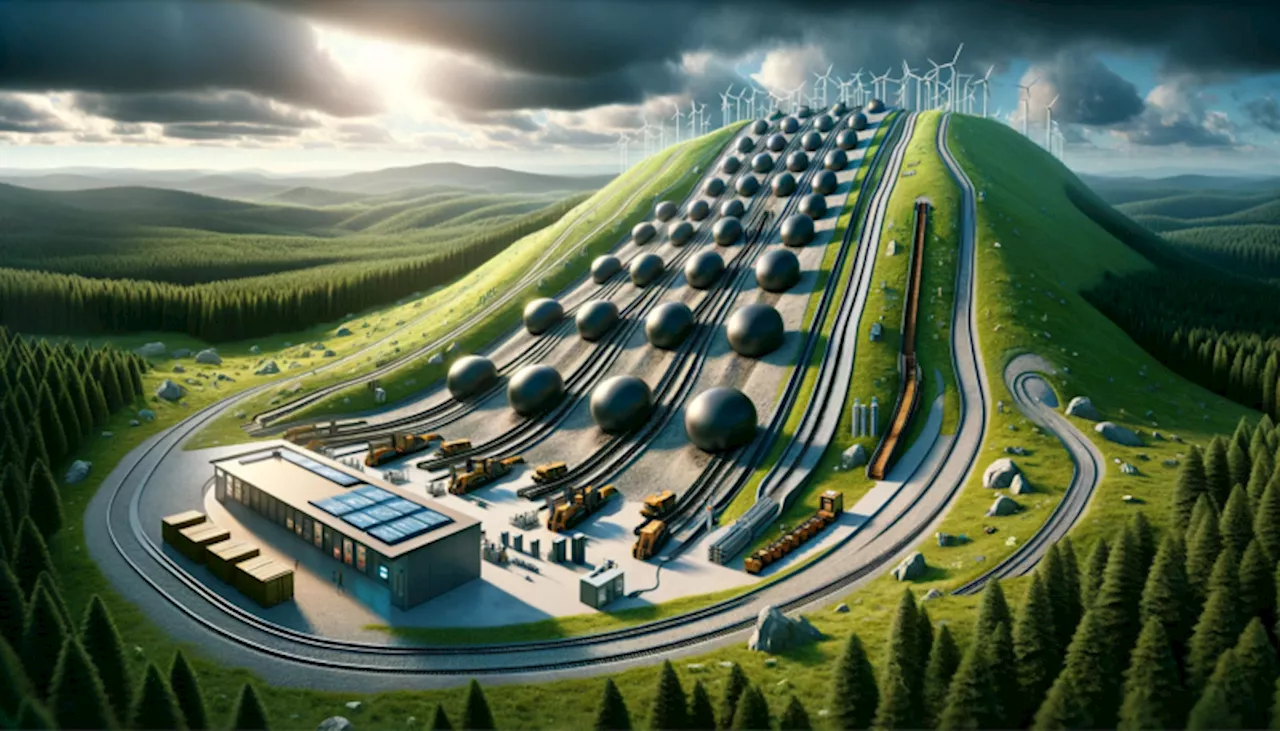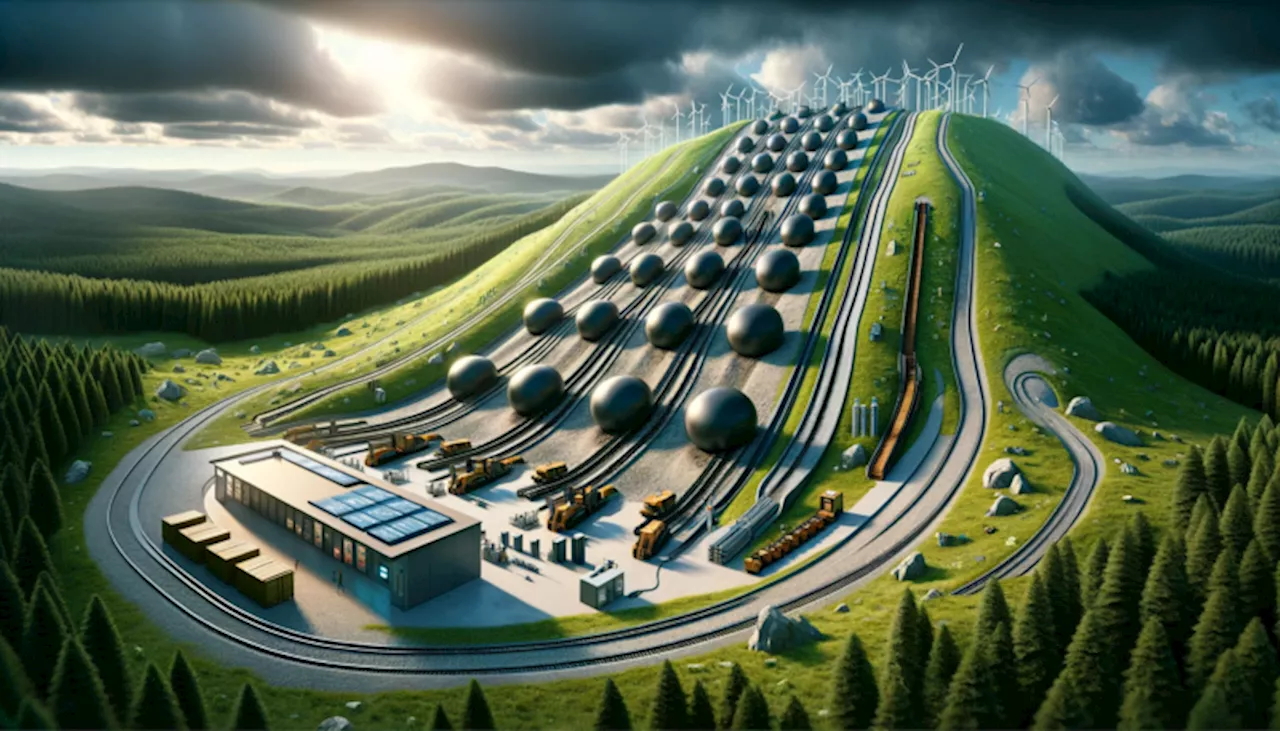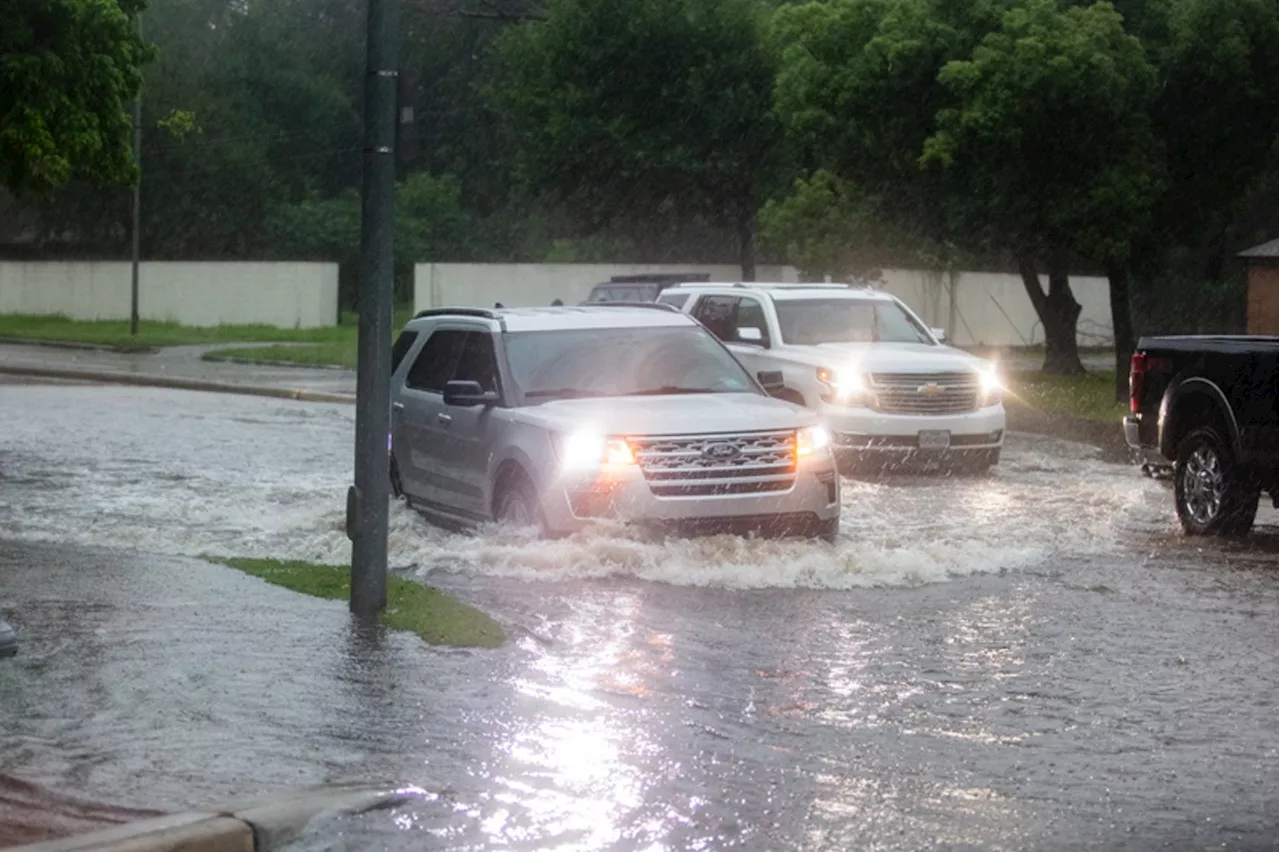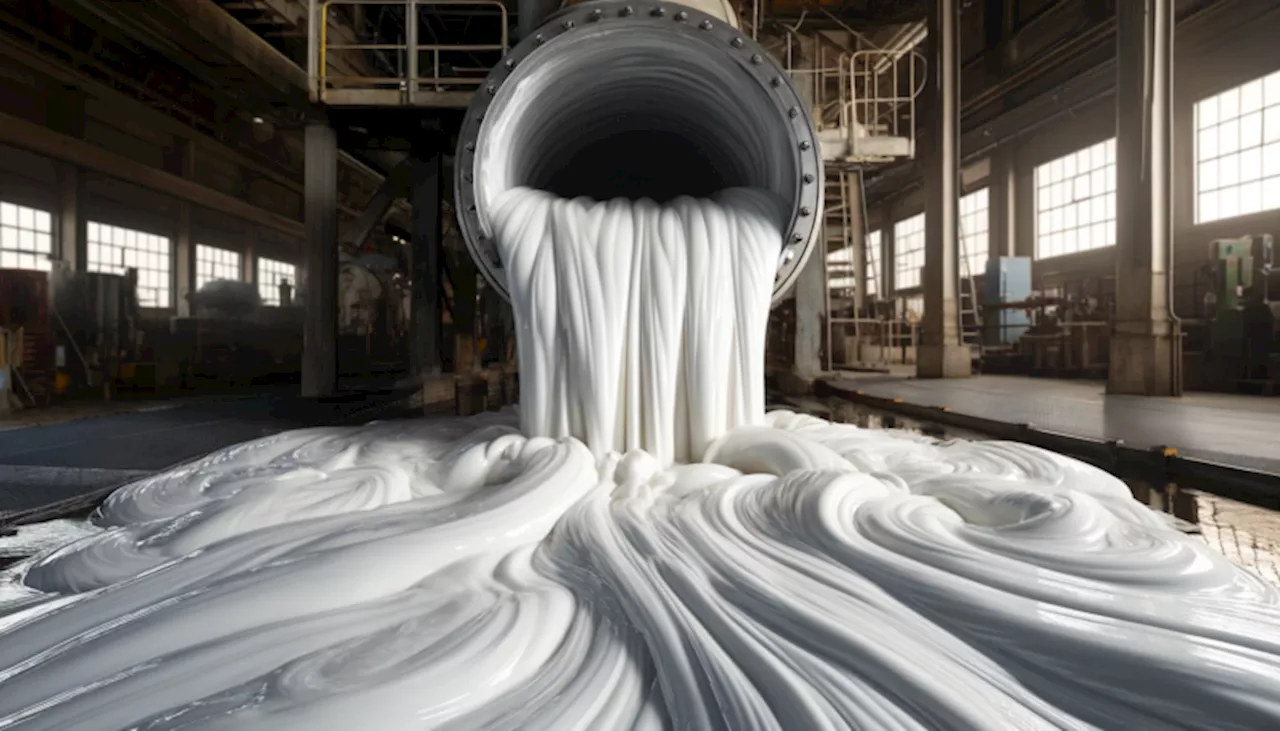Fluids that are 2.5 times as heavy as water are oozing sludge that won't turn turbine blades.
A recent online discussion on gravity storage brought the usual suspects out of the woodwork. Proponents of heavy fluid pumped hydro reared their sludgy heads this time. Follow along for why this is a silly idea, as all gravity storage options that aren’t pushing water uphill turn out to be.
Yet some people think it really needs improving on. One of those groups are the heavy fluids folks. Their concerns are some combination of a lack of vertical distance, a lack of water, or a lack of places to put pumped hydro. Let’s start with the last one.See all of those dots? A few years ago the Australian National University and a group of people led by researcher Matt Stocks did a geographical information system study.
How much fresh water does the USA consume daily? About 1,200 million cubic meters. Do pumped hydro facilities consume the water? No, it just goes up and down, with a bit of evaporation requiring topping off. Pumped hydro facilities don’t require a new 28 million cubic meters of water every day, they just play with the water they have. 30 GWh of storage requires about one-fortieth of a single day’s water consumption, and doesn’t consume it.
What are they claiming? That by using heavier fluids, they can reduce height or volume of fluids, typically by 60%. Remember, it’s mass times acceleration due to gravity times height. There are no exponents in there, unlike with the volume of reservoirs cubing or wind energy swept area squaring or wind velocity power cubing. The increase of energy for pumped hydro by making the fluid heavier is linear. Double the mass of the fluid and you get double the potential energy storage.
They are asserting that their fluid has 2.5 times more mass per cubic meter as water. As a result, they can use 40% of the water or 40% of the height and get the same energy storage. Given that neither water or height are remotely limited resources or particularly hard to exploit, this is a bit of head-scratcher, but maybe it’s cheaper?
My first thought was that the secret sauce might be silicon dioxide, also known as colloidal silicon, commonly used as a bulking agent in tablets. The colloidal part is important for this. Colloidal suspensions are different than non-colloidal ones in a few ways, but the significant one is that the particles don’t settle out, being fine enough to stay in the mixture through Brownian motion.
Remember that bit about colloidal suspensions? Barite doesn’t tick that box by itself. Typically bentonite is added, a clay which increases the viscosity of water so that the bentonite particles remain colloidally suspended. This is commonly used in drilling. We’ll come back to that viscosity later. Plain water costs perhaps $4 per ton. The colloidal suspension costs about $90 per ton. That’s 22.5 times more expensive for 2.5 times as much energy storage.
Actually a bit more. The bentonite and barite aren’t going to get to the site for free. Let’s assume that they have to travel 500 kilometers, 400 of it by rail and 100 by truck. Freight trucking in the USA costs about $0.25 per ton kilometer. Rail costs around $0.04 per ton kilometer. Add another $700 million to the cost. It’s now $1.7 billion more, about 33% more expensive, for the same energy storage.
The dense fluid pumped hydro folks are depending on the density of the fluid multiplying energy by 2.5. But what’s that one in the middle? The volumetric flow rate? The one that is 50 to 200 times slower than water? Oops. That means 25 to 80 times less energy with the ratio. Is there anything else? Oh yes. Turbines are also subject to frictional losses. For well-optimized water turbines, the losses are around 1% to 3%, part of the overall losses of hydroelectric dams and pumped hydro. But they go up with viscosity, a lot.
None of the above is remotely difficult to follow for people with basic STEM skills. Certainly the nerds I’ve talked with about dense fluid pumped hydro have just shaken their heads. I mean, it’s not Grade 7 science. Well, the cross-section and volume of cylinders is. Viscosity calculations have to wait until Grade 11 or 12, although the reality that more viscous fluids flow more slowly is introduced years earlier.
Is there any way around this? Sure, heat them up. At 40° Celsius, colloidal silicon’s cP drops to 15-25, so only a 30% round trip turbine efficiency loss in the best case. A bentonite-barite solution at 40° Celsius would see a better improvement with a drop to 20 cP, but that’s still a 40% efficiency loss round-trip just for the turbines. Both are still moving 20 to 25 times more slowly than water, so are generating only 4% or 5% of what water would.
United Kingdom Latest News, United Kingdom Headlines
Similar News:You can also read news stories similar to this one that we have collected from other news sources.
 Gravity Storage 101, Or Why Pumped Hydro Is The Only Remotely Real Gravity StorageAs a reminder, pumped hydro is the gravity storage solution that actually works, unlike sand, elevators, and hillside rail systems.
Gravity Storage 101, Or Why Pumped Hydro Is The Only Remotely Real Gravity StorageAs a reminder, pumped hydro is the gravity storage solution that actually works, unlike sand, elevators, and hillside rail systems.
Read more »
 Gravity Storage 101, Or Why Pumped Hydro Is The Only Remotely Real Gravity StorageAs a reminder, pumped hydro is the gravity storage solution that actually works, unlike concrete blocks, elevators, and hillside rail systems.
Gravity Storage 101, Or Why Pumped Hydro Is The Only Remotely Real Gravity StorageAs a reminder, pumped hydro is the gravity storage solution that actually works, unlike concrete blocks, elevators, and hillside rail systems.
Read more »
 Solving The Pumped Hydro Energy Storage Problem, With BuildingsThe Swiss firm Energy Vault has hooked up with an A-list architecture firm to integrate gravity-based energy storage systems in skyscrapers.
Solving The Pumped Hydro Energy Storage Problem, With BuildingsThe Swiss firm Energy Vault has hooked up with an A-list architecture firm to integrate gravity-based energy storage systems in skyscrapers.
Read more »
 In the Midst of Thursday Night's Heavy Storms: Downed Trees, Flooding and Heavy RainEven with predictions of bad weather ahead of time, the severity of the Thursday night's storms surprised many people in the Houston area on May 16, 2024 complete with a tornado warning.
In the Midst of Thursday Night's Heavy Storms: Downed Trees, Flooding and Heavy RainEven with predictions of bad weather ahead of time, the severity of the Thursday night's storms surprised many people in the Houston area on May 16, 2024 complete with a tornado warning.
Read more »
 How a water scientist hopes to save California habitats that could be pumped dryHydrologist Melissa Rohde studies California ecosystems that depend on groundwater. In many areas, declining water levels put habitats at risk of drying up.
How a water scientist hopes to save California habitats that could be pumped dryHydrologist Melissa Rohde studies California ecosystems that depend on groundwater. In many areas, declining water levels put habitats at risk of drying up.
Read more »
 Lanvin Resort 2025: Fluid Fashions With a TwistAn accompanying capsule collection is billed as a tribute to the summers founder Jeanne Lanvin spent with her daughter Marguerite in Beaulieu-sur-Mer on the French Riviera.
Lanvin Resort 2025: Fluid Fashions With a TwistAn accompanying capsule collection is billed as a tribute to the summers founder Jeanne Lanvin spent with her daughter Marguerite in Beaulieu-sur-Mer on the French Riviera.
Read more »
